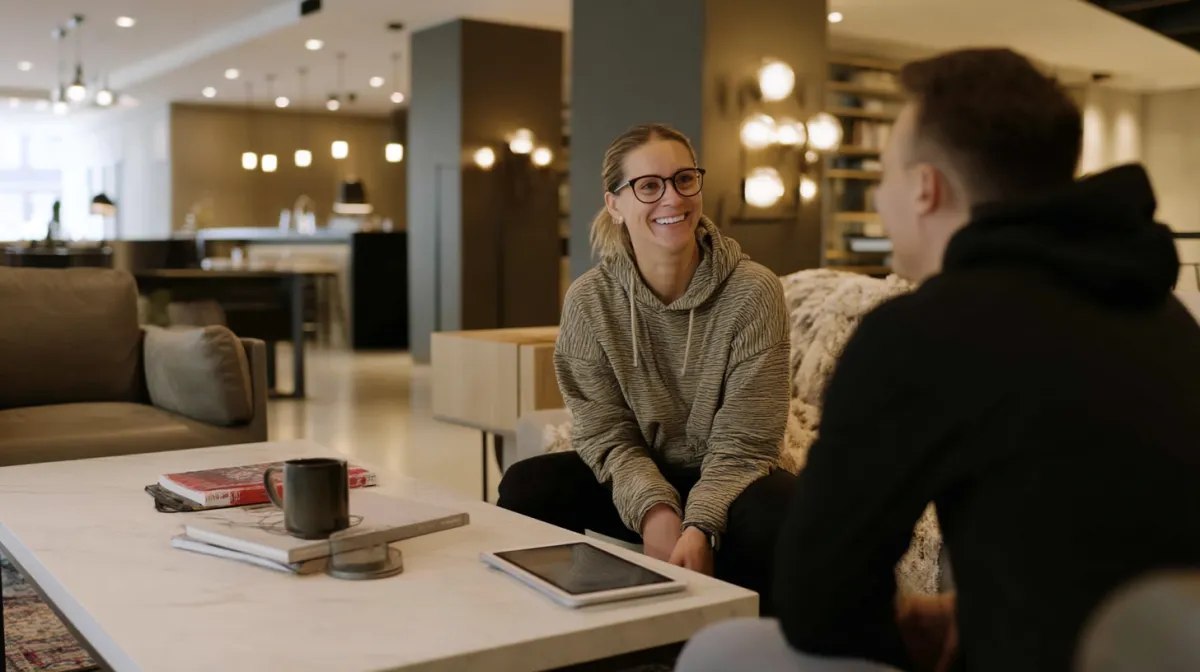
The Complete Guide to Interviewing Users (Without Making It Awkward)
If you want to build products that people love, not just tolerate, you need to understand the people using them. This, dear reader, is where user interviews come in.
User interviews are one of the most insightful tools in the UX and product design toolkit. They let you peek inside the mind of your user (metaphorically, of course) and gather the kind of gold dust insights that surveys and analytics simply can’t offer.
But here’s the thing. Conducting a great interview takes more than just having a notepad and asking a few questions. It’s a bit like hosting a dinner party. You need preparation, good conversation, and ideally, nobody leaving early because they felt misunderstood.
In this guide, we’ll walk you through everything from preparing the right questions to analysing your findings without losing the plot. Ready to become a user interview ninja? Let’s begin.
What Are User Interviews Anyway?
In simple terms, a user interview is a one-on-one conversation with someone who uses, or might use, your product. You ask them about their experiences, needs, frustrations, and dreams (OK, maybe not all the dreams).
These interviews are brilliant for:
Understanding the “why” behind user behaviour
Spotting unmet needs and pain points
Validating your design ideas early on
They’re different from usability tests. Usability testing is about observing users in action. Interviews are about chatting with them to explore thoughts and feelings.
Before the Chat: Planning Like a Pro
Write the Right Questions
Great interviews start with great questions. Aim for open-ended ones that prompt storytelling. Think “Can you walk me through how you use our app in the morning?” not “Do you like our app?”
Top tips:
Start broad, then zoom in
Use plain language
Avoid leading or biased phrasing
Be ready to improvise if a tangent leads somewhere juicy
Find the Right People
You want participants who resemble your real users. Depending on your goals, they might be loyal customers, new sign-ups, or people who’ve never heard of you. Just make sure they’re relevant.
And of course, always get informed consent. Let them know what the interview involves, how you’ll use the info, and their right to withdraw any time.
Make an Interview Guide
Think of this as your satnav for the conversation. List your core questions, themes to explore, and possible prompts. It keeps you focused but still leaves space for spontaneity.
During the Interview: Be Curious, Not Creepy
Build Rapport
Start with a bit of small talk. Be human. This isn’t an interrogation. The more relaxed your interviewee, the richer the insights.
Use Open-Ended Questions and Listen Like a Legend
Let them talk. Nod. Smile. Ask “why?” and “can you tell me more?” like you mean it. Pay attention not just to what they say, but how they say it. Tone and body language can tell you a lot.
Probe, Don’t Poke
If someone glosses over something interesting, gently nudge them to expand. You’re not digging for dirt, just looking for context.
Respect Boundaries
If the conversation veers into sensitive territory, tread carefully. It’s OK to change topic or remind them they don’t have to answer anything they’re uncomfortable with.
After the Interview: Make Sense of the Mayhem
Analyse What You’ve Learned
Start by reviewing your notes or recordings. Highlight key quotes. Code responses into themes. Look for patterns and surprises.
For example:
“Confused by checkout” might be a recurring pain point
“Loves feature X” could signal a marketing opportunity
Turn Insights into Action
Insights are only useful if they lead to something. Share your findings with the team. Suggest specific improvements. Prioritise based on user impact and business goals.
Tell a Good Story
When you present your findings, go beyond charts and bullet points. Include real user quotes and anecdotes. Paint a picture. Help stakeholders feel the problem, not just read about it.
Adapting to the Times: Remote Interviews & AI
Remote interviews are now the norm for many teams. Tools like Zoom and Google Meet make them easy, but they do come with challenges. It’s harder to read body language, for instance, and tech issues love to strike just when it’s getting interesting.
The rise of AI also brings new tools for transcription and even analysis. These are great helpers, but remember: empathy, curiosity and human judgement still reign supreme.
The Dos and Don’ts Cheat Sheet
Do:
Prepare thoroughly
Ask open-ended questions
Listen actively
Respect time and consent
Share your findings widely
Don’t:
Lead the participant
Fill every silence
Assume you know what they mean
Skip analysis
Forget to follow up
Final Thoughts
User interviews are not just another research task. They’re an invitation to step into someone else’s world. Done well, they can uncover insights that transform your product and deepen your understanding of what people really need.
So go ahead. Be curious. Ask better questions. And don’t forget to listen.
Want to master interviewing and other research techniques? Explore our courses. They’re packed with practical tools, expert tips, and the occasional lightbulb moment.
